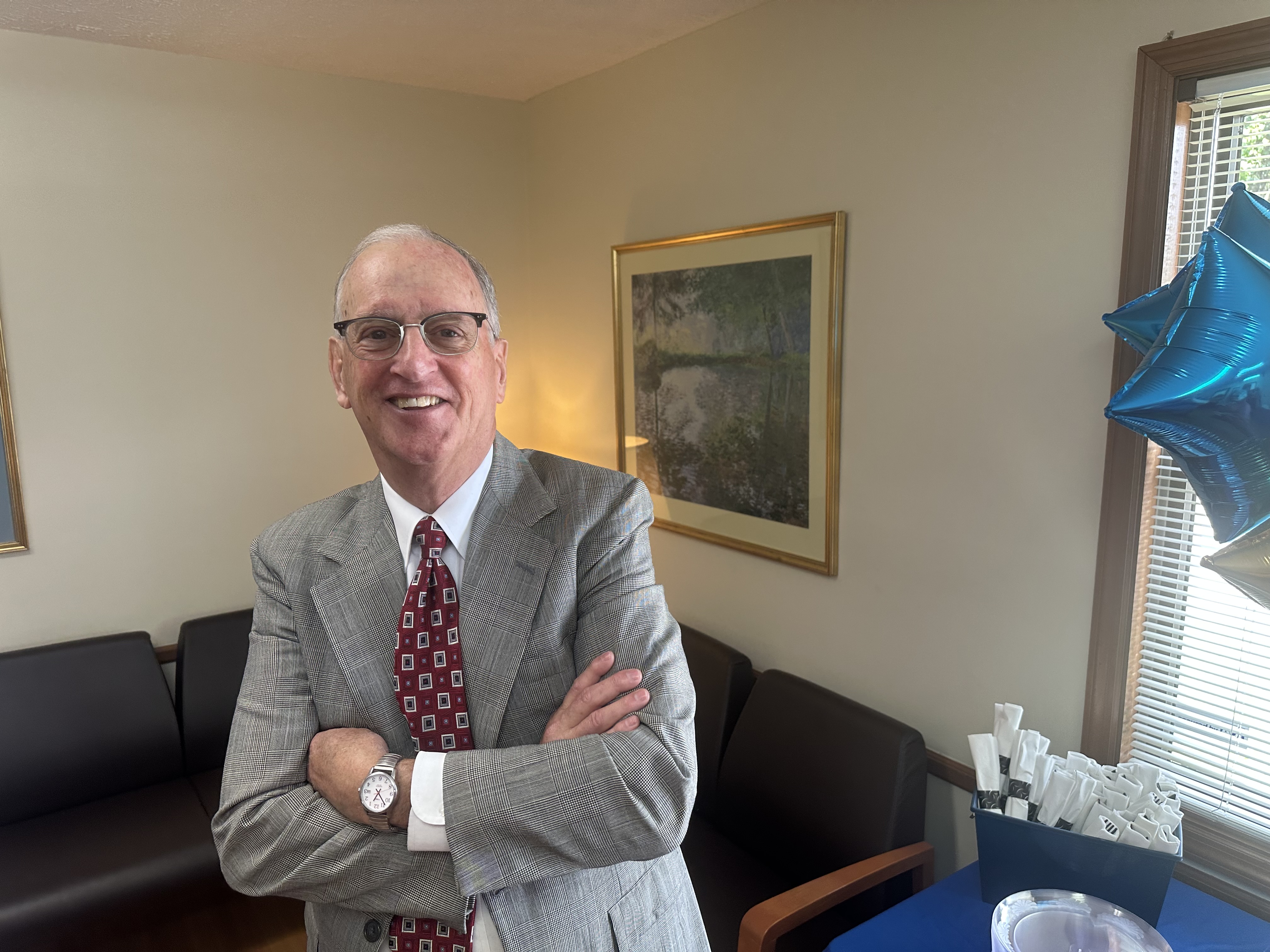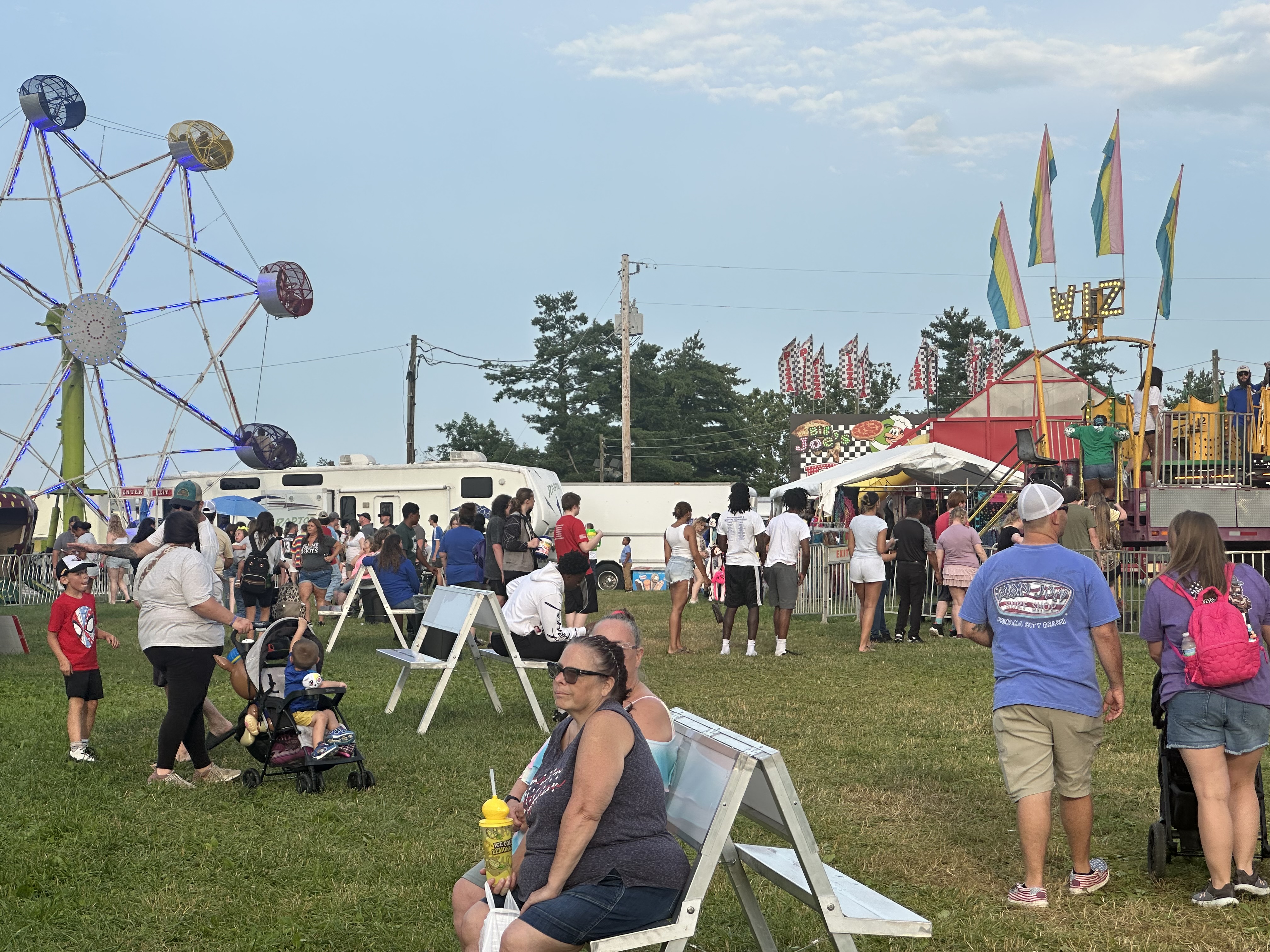QPR sessions to focus on suicide signs, prevention
Published 9:55 am Friday, September 7, 2018
More than three times as many people die by suicide in Kentucky each year than by homicide.
On average, one person dies by suicide every 11 hours in Kentucky, according to data compiled by the American Foundation for Suicide Prevention (AFSP).
Kentucky ranks 16th nationwide for the rate of deaths by suicide per 100,000 population.
In 2017, there were 776 reported deaths by suicide in Kentucky. Suicide is the 11th leading cause of death overall in Kentucky and is the second leading cause of death for people between the ages 10 and 34, AFSP reports.
The statistics continue; each one more sobering than the last, Angela Bereznak, health educator at the Clark County Health Department, said.
September, though, is a time to talk about suicide and, hopefully, inform others how to be a part of the prevention efforts and reducing the stigma associated with mental illness.
September is Suicide Prevention Month and next week, Sept. 9-15, is Suicide Prevention Week.
National Suicide Prevention Week (NSPW) is an annual week-long campaign in the U.S. established in 1975 to familiarize and engage the public about suicide prevention and warning signs of suicide, Bereznak said.
NSPW is also intended to minimize stigma surrounding the topic as well as promote the pursuit of mental health assistance and support people who have attempted suicide or have been impacted by suicide in someway, Bereznak said.
About 9.8 million adults have seriously thought about suicide, according to the National Center for Injury Prevention and Control.
Many people believe mental health conditions are the cause of suicide. However, Bereznak said one single factor rarely causes suicidal thoughts, but instead it’s a combination of factors.
Bereznak said many people who die by suicide are not known to have a diagnosed mental health condition at the time of death.
“In 2016, nearly 45,000 people died by suicide,” Bereznak said. “Fifty-four percent of those individuals did not have a mental illness. Mental illness can be a factor, but it’s not necessarily the cause of suicide.”
Issues with relationships, substance use, physical health, and job, money, legal or housing stress may prompt suicidal thoughts.
The rate of deaths by suicide has continued to increase since 1999, Bereznak said.
Suicide risk is higher among people who have experienced violence — including child abuse, bullying or sexual violence.
American Indian, Alaskan Native and white populations are more at risk of suicide as well as LGBTQ-identifying individuals and those who have served or are currently serving in the military.
Bereznak said it is important to seek help. If someone is having trouble coping with day-to-day life, they can call the National Suicide Prevention Lifeline (1-800-263-8255), which is available 24-7.
Some indicators someone is having trouble coping include eating or sleeping too much or too little; pulling away from people and things; having low or no energy; feeling numb or like nothing matters and having unexplained aches or pains. Feeling helpless or hopeless; smoking, drinking or using drugs more than they should; feeling unusually confused or forgetful; on edge, angry or upset, or worried and scared; fighting with family and friends; unable to get rid of troubling thoughts and memories; thinking of hurting or killing themselves or someone else; and unable to perform daily tasks like taking care of their children or getting to work or school are also indicators, according to the Lifeline.
Bereznak said she also encourages people who are having suicidal thoughts or are coping with a mental illness to use local resources such as Bluegrass.org and Mountain Comprehensive Care — which is also available to students in Clark County Public Schools. There are also more facilities and support groups available in Lexington.
Bereznak said people often hear the phrase “suicide is selfish,” but in reality, many people having suicidal thoughts are thinking about how they “don’t feel good enough to be in the family,” and by killing themselves, they are doing their friends and family a favor.
It’s critical to have conversations with others about suicide, Bereznak said, to inform others of the signs and risk factors as well as not being afraid to ask someone — who they suspect may be at risk — if they are thinking about killing themselves.
If someone has a “suicide plan” in place, seek help immediately, Bereznak said.
It’s also essential to build a support network, validate others’ feelings and promote positive self-talk, Bereznak said.
The Clark County Mental Health Task Force, and its Suicide Prevention subcommittee, has organized numerous free QPR (Question, Persuade, Refer) training sessions during September.
The two-hour QPR training sessions are intended to help individuals recognize the warning signs of suicide, offer hope, get help and save a life, Bereznak said.
The following are the dates for the training sessions:
— 6 to 8 p.m. Sept. 11 at the Clark County Public Library, 370 S. Burns Ave.
— 10 a.m. to noon Sept. 12 at the Clark County Public Library
— 10 a.m. to noon Sept. 18 at Skinnovations, 501. W. Lexington Ave.
— 2 to 4 p.m. Sept. 18 at Skinnovations
— 7 to 9 p.m. Sept. 18 at Skinnovations
— 10 a.m. to noon Sept. 22 at the Clark County Public Library
Reservations are required to attend the QPR training sessions; those interested in reserving a seat can contact Shaye Walker at 859-230-3253 or cswalker@bluegrass.org.
Bereznak said the training sessions are open to anyone, and adults can bring their children if they believe their children are ready to discuss such topics.
“The goal is to reduce stigma about suicide, help people know where to get support and to know they are not alone,” she said.








